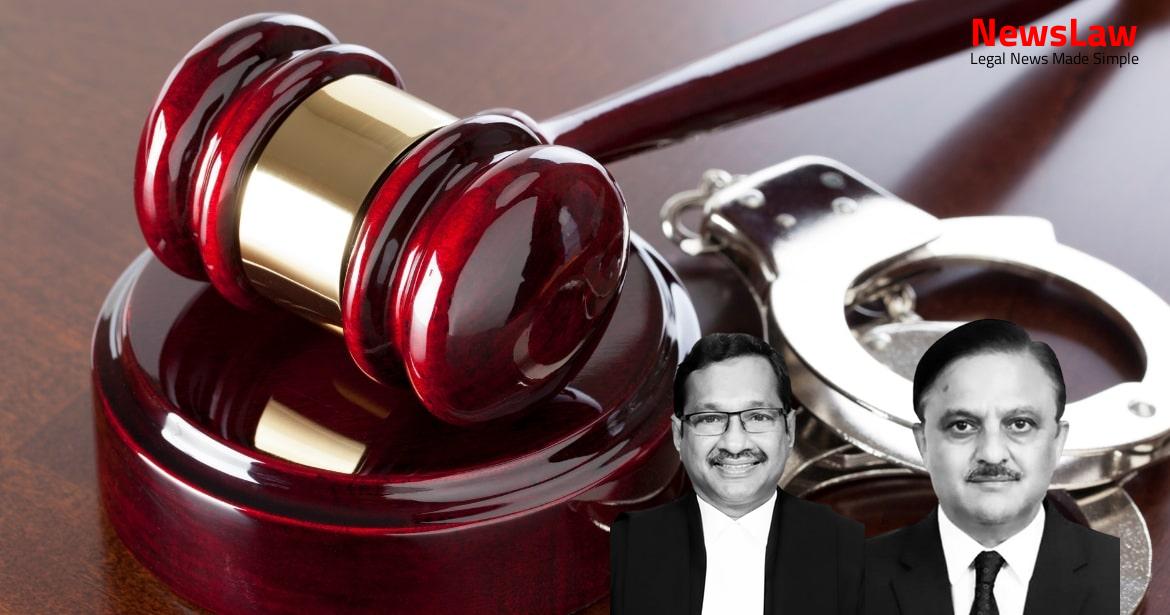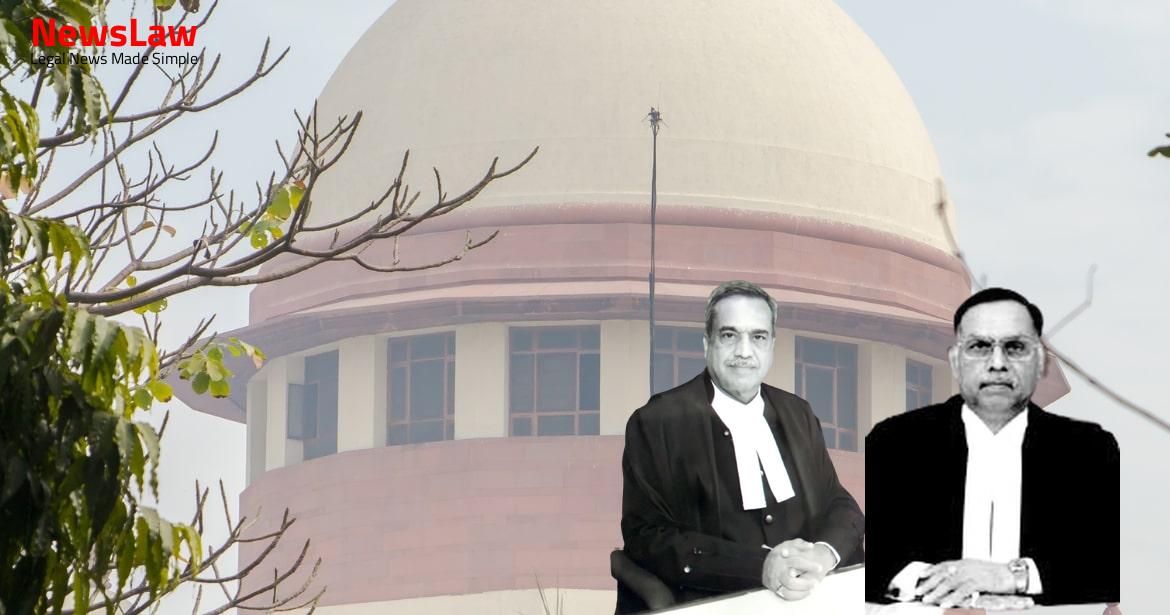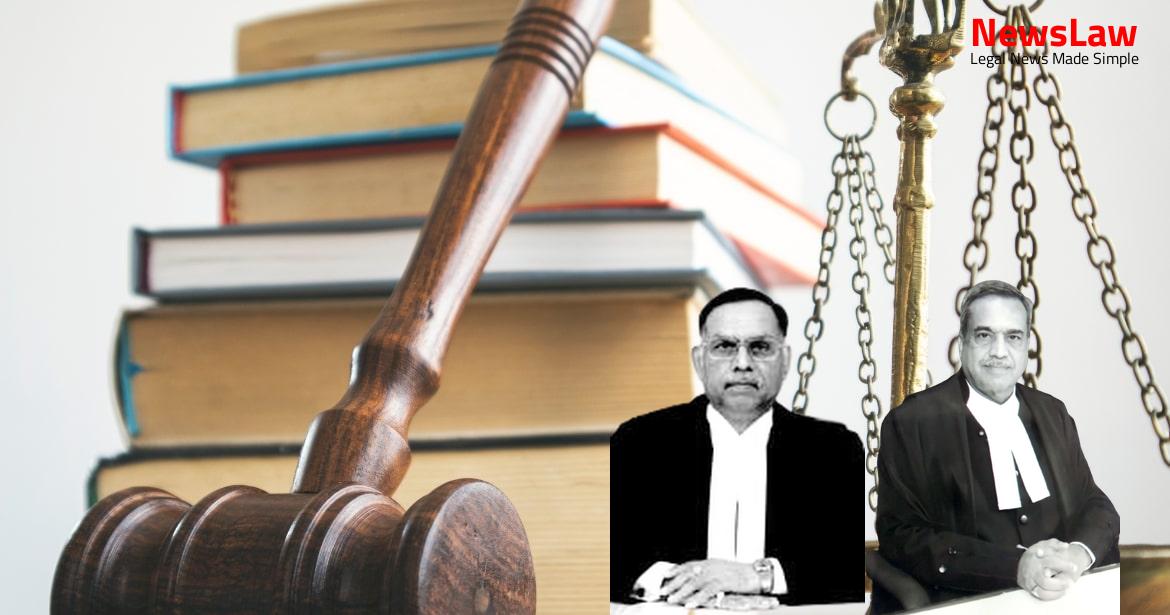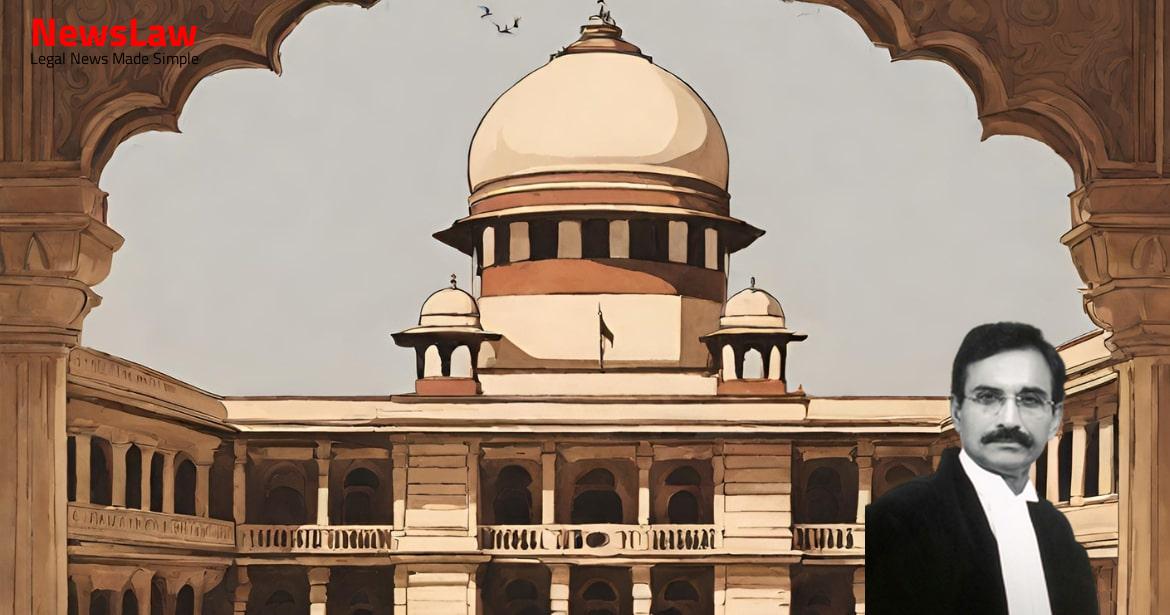Delve into the complexities of shared liability in criminal cases as examined by the court. This analysis sheds light on the crucial importance of evidence quality, especially when relying on the testimony of a single witness. Understanding the court’s cautious approach in cases involving vicarious liability and the necessity of establishing foundational facts before applying Section 34 IPC. Stay informed about the legal intricacies surrounding shared liability in criminal justice.
Facts
- The accused were convicted for the offence punishable under Section 302 read with Section 34 of the IPC.
- The High Court found that no motive was established for the accused to enter the house of the deceased.
- Appeals were filed by A1 and A3 to overturn their conviction and life sentence.
- The conviction and sentencing were confirmed by the Division Bench of the High Court of Delhi.
- Witness PW3 made a call to the police station using a cellphone owned by PW5
- Accused reportedly dragged the deceased from a liquor shop queue and committed the offense
- High Court raised doubts about identification of A1 and A2 by witness PW1
- Witness PW1 has testified in favor of the police on multiple occasions and admitted receiving money
- Witness PW3 saw A-2 and A-3 dragging the deceased, with A-2 stabbing him
- Presence of A-1 was categorically denied by witness PW3
- Accused A-1 went inside the deceased’s house asking for him in an agitated manner
- Witness identified A-1 as A-2 and saw both A-1 and A-2 in the police station during statement recording
- Attack on the deceased was described, with contradictory information about the accused running away
- Witness PW1 is the deceased’s wife from a previous marriage, with only two of the convicted accused present during the trial
Also Read: Compliance with Article 22(5) of the Constitution: Duty to Serve Grounds of Detention
Analysis
- The law reports contain many precedents where the court had to depend and act upon the testimony of a single witness in support of the prosecution.
- Section 34 IPC creates shared liability on those who shared the common intention to commit the crime.
- The court must weigh the testimony of a single witness carefully and act upon it if found reliable.
- In certain cases, a single person may be the only available witness to support a disputed fact.
- The court may convict or acquit based on the testimony of a single witness, provided it is deemed reliable and free from suspicion.
- In contrast, a series of acts by several persons related to a single criminal act are necessary to attract Sections 34 to 39 IPC.
- The court must be cautious in cases involving vicarious liability under Section 34 IPC.
- A strong suspicion may arise based on circumstantial evidence, particularly when facts concerning the case are unsubstantiated.
- The courts should not rely solely on the testimony of a single witness if it raises doubts regarding the case.
- The foundational facts of a case must be proved by the prosecution before applying Section 34 IPC.
- Legislature determined in 1872 that no particular number of witnesses is required for proof or disproof of a fact.
- In certain English statutes, convictions on the testimony of a single witness are forbidden.
- Section 134 of the Indian Evidence Act states that no specific number of witnesses is needed for proof of any fact.
- The judgment in Vadivelu Thevar v. State of Madras highlights that the court should focus on the quality, not the quantity of evidence.
- Presence during a crime does not necessarily imply guilt if no participation is evident.
- Section 33 IPC is briefly discussed for a better understanding before elaborating on Section 34 IPC.
- Evidence is categorized into wholly reliable, wholly unreliable, and neither wholly reliable nor wholly unreliable.
- The discretion of the judge is crucial in determining the reliability of the testimony of a single witness.
- The court may convict or acquit based on the quality of the evidence provided by a single witness.
- When a criminal act is done by several persons in furtherance of the common intention of all, each person is liable for the act as if done by them alone.
- The High Court had doubts regarding the evidence of PW1, and should have extended the benefit of doubt.
- The evidence of PW3 should not have been accepted, raising further doubts about the prosecution’s case.
- Constructive liability under Section 34 IPC requires adequate material, which was lacking in this case.
- The prosecution witnesses’ evidence itself indicated potential contradictions and inaccuracies in the prosecution’s version.
- The court concluded that the prosecution failed to sustain the charge against the appellants under Section 302 read with Section 34 IPC.
- Even if the High Court’s reasoning is accepted, the offence under Section 302 IPC may not be established.
Also Read: Dismissal of Application Seeking Bail Relief
Decision
- The appeals stand allowed and the appellants are directed to be set at liberty.
- The conviction rendered by the learned Additional Sessions Judge (East) FTC: E-Court, Karkardooma Court, Delhi as confirmed by the Division Bench of the High Court of Delhi is set aside.
Also Read: Juridical Analysis in Educational Institution Complaint Dismissal
Case Title: SHISHPAL @ SHISHU Vs. STATE OF NCT OF DELHI (2022 INSC 670)
Case Number: Crl.A. No.-001053-001053 / 2015



